TOKYO LEAVES
【Tokyo Leaves】Japanese Organic Sencha KATSUMI 15
【Tokyo Leaves】Japanese Organic Sencha KATSUMI 15
Couldn't load pickup availability
“Katsumi 15” is made from zairai, a traditional tea cultivar derived from a native variety unique to its region. Among zairai teas, it stands out as one of the finest and has been recognized as one of Shizuoka’s Top 100 Teas. Due to its extremely limited production, it’s regarded as a rare gem among organic teas.
The meticulously crafted leaves are slender and lustrous, shaped like fine needles — so full of flavor that even a single nibble reveals their depth and character.
When brewed with a generous amount of leaves (2–3g or 5g) and low-temperature water (around 70°C), it reveals a crisp, uplifting aroma and a delicately clear liquor that surprises with its rich, savory umami.
Unlike most sencha that fade after two or three infusions, Katsumi 15 maintains its clarity and flavor across four to even seven steeps, especially when brewed with gradually increasing water temperature.
Net weight: 50g
Share
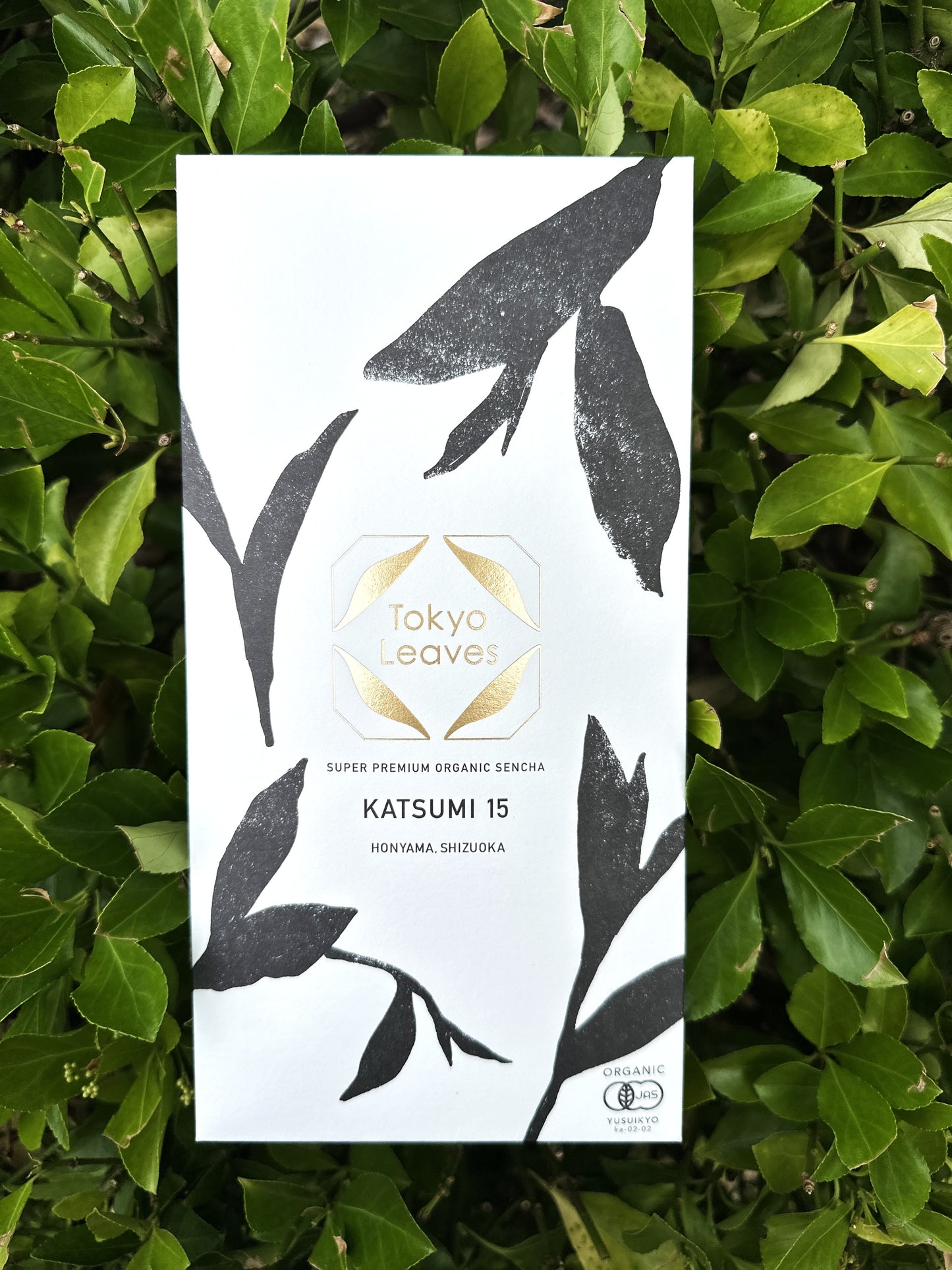
Learn
View all-
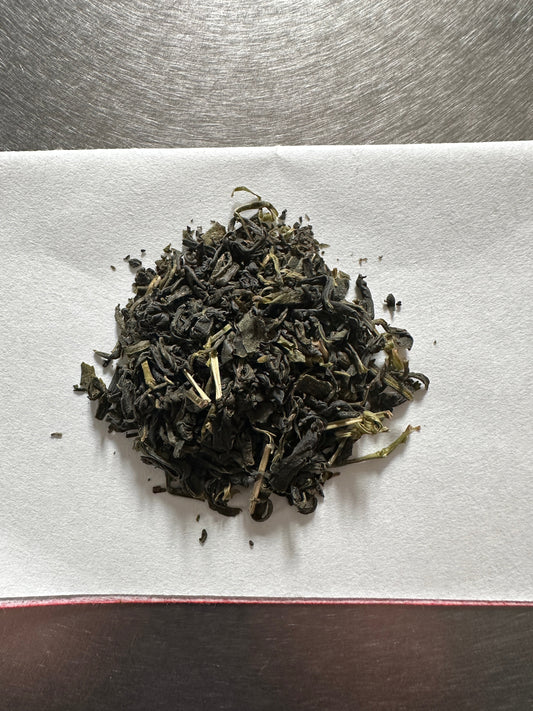
Vol.5 Benifuki A Science-Backed Tea for Wellness
Benifuki: Beyond Flavor—A Science-Backed Tea for Wellness What is Benifuki? Benifuki is a rare tea cultivar created by crossbreeding the Assam-based variety “Benihomare” with the green tea variety “Makura Cd86.”...
Vol.5 Benifuki A Science-Backed Tea for Wellness
Benifuki: Beyond Flavor—A Science-Backed Tea for Wellness What is Benifuki? Benifuki is a rare tea cultivar created by crossbreeding the Assam-based variety “Benihomare” with the green tea variety “Makura Cd86.”...
-
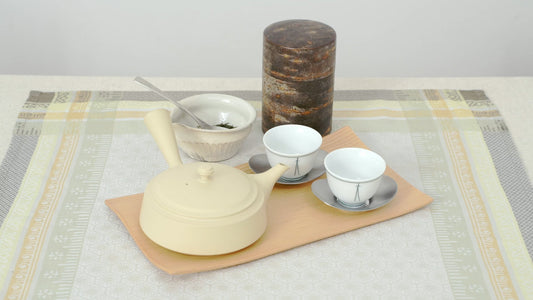
Vol.4 How to brew tasty Sencha (Movie)
Pour freshly boiled water into your yunomi (Japanese teacups, about 120ml per cup). Place the sencha leaves into the kyusu (Japanese teapot, about 1 teaspoon per person). Pour the water...
Vol.4 How to brew tasty Sencha (Movie)
Pour freshly boiled water into your yunomi (Japanese teacups, about 120ml per cup). Place the sencha leaves into the kyusu (Japanese teapot, about 1 teaspoon per person). Pour the water...
-
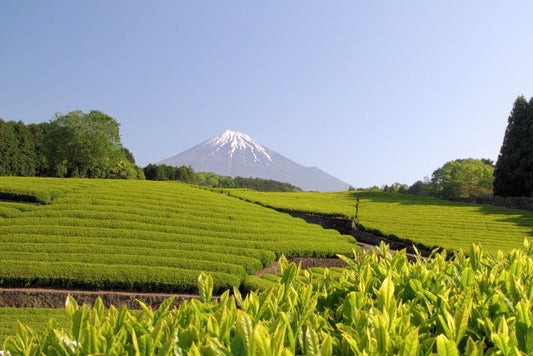
Vol. 3 The Many Types of Japanese Tea Explorin...
The Japanese tea we enjoy every day comes in a remarkable variety of styles.Although all teas are made from the same plant—the Camellia sinensis, or cha no ki—differences in cultivation...
Vol. 3 The Many Types of Japanese Tea Explorin...
The Japanese tea we enjoy every day comes in a remarkable variety of styles.Although all teas are made from the same plant—the Camellia sinensis, or cha no ki—differences in cultivation...
Blog
View all-

Halloween & Japanese Tea Enjoy a Touch of Autum...
今年のハロウィンは、甘いお菓子と一緒に、日本茶でほっとひと息。実は、日本茶はハロウィンの定番スイーツと相性抜群なのです。香ばしさや彩りの中に、静かな秋の夜長を感じてみませんか?
Halloween & Japanese Tea Enjoy a Touch of Autum...
今年のハロウィンは、甘いお菓子と一緒に、日本茶でほっとひと息。実は、日本茶はハロウィンの定番スイーツと相性抜群なのです。香ばしさや彩りの中に、静かな秋の夜長を感じてみませんか?
-
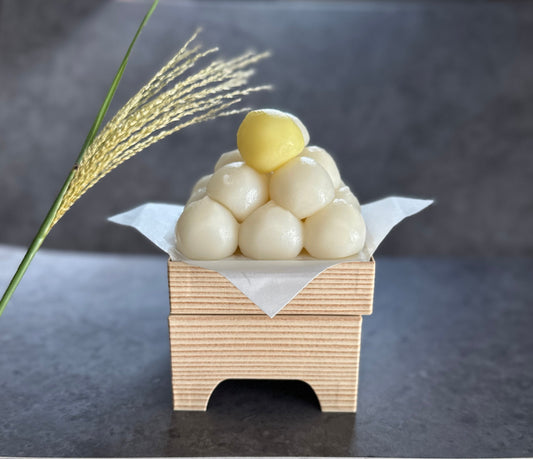
“Otsukimi” Enjoying the Autumn Moon
What is Otsukimi?Otsukimi (literally “moon viewing”) is the custom of appreciating the bright and beautiful autumn moon. The night of the full moon in autumn, called Jugoya (“Fifteenth Night”), is...
“Otsukimi” Enjoying the Autumn Moon
What is Otsukimi?Otsukimi (literally “moon viewing”) is the custom of appreciating the bright and beautiful autumn moon. The night of the full moon in autumn, called Jugoya (“Fifteenth Night”), is...
-
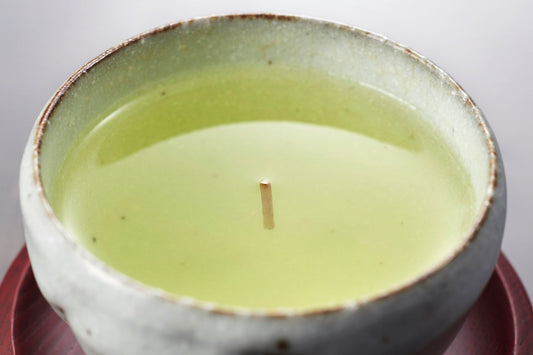
”Chabashira” A sign of good fortune floating in...
What is Chabashira?(茶柱) Chabashira (pronounced “cha-ba-shee-ra”) literally meaning “tea pillar,” refers to a part of the tea stems that sometimes float vertically in a teapot or teacup after tea has been...
”Chabashira” A sign of good fortune floating in...
What is Chabashira?(茶柱) Chabashira (pronounced “cha-ba-shee-ra”) literally meaning “tea pillar,” refers to a part of the tea stems that sometimes float vertically in a teapot or teacup after tea has been...







